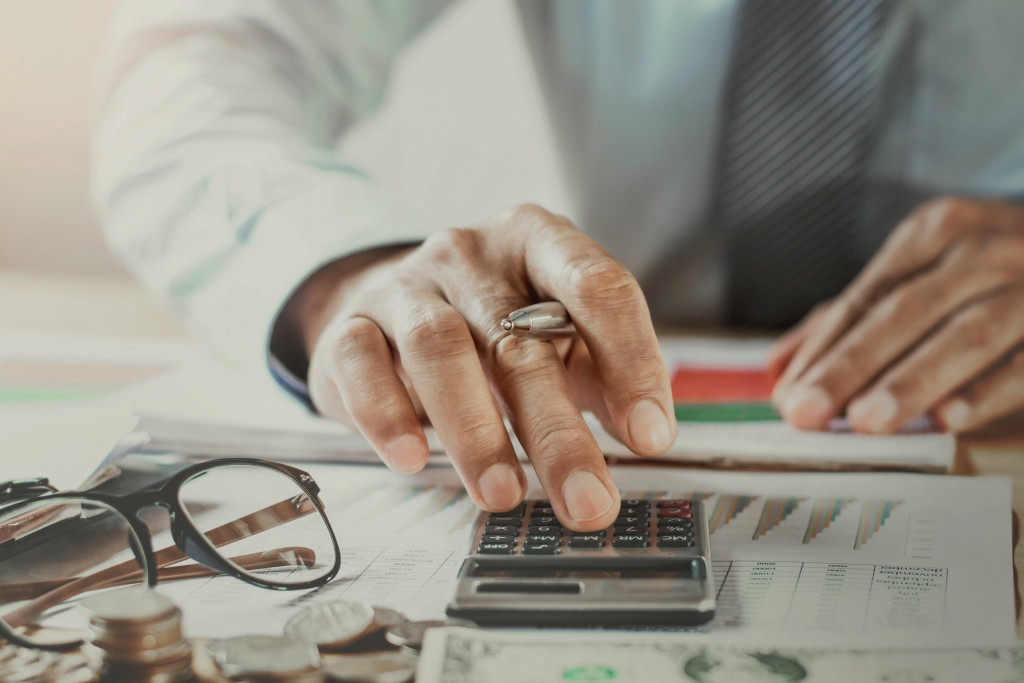
Liabilities are claims against the business’s assets and have preference over the claims of owners. The accounting equation is a cornerstone of finance, playing a crucial role in financial reporting, decision-making, and understanding the financial health of a business. The accounting equation is a fundamental concept in finance that every private equity professional, investment banker, and corporate finance expert should be familiar with.
ACCOUNTING for Everyone
Publicly held companies are required to file quarterly reports with the Securities and Exchange Commission. You can access these reports through a company’s investor relations section on its website, or via the SEC EDGAR database. You can also listen to the company’s quarterly earnings calls to hear company executives’ views of current business conditions. Liabilities are obligations to other parties, such as payable to suppliers, loans from banks, bonds issued, etc. They are also classified into current (short-term) and non-current (long-term) liabilities.
- The totals indicate that ASI has assets of $9,900 and the source of those assets is the stockholders.
- Unlike example #1, where we paid for an increase in the company’s assets with equity, here we’ve paid for it with debt.
- It includes several steps, such as journalizing transactions, posting to the general ledger, preparing trial balances, and creating financial statements.
- The purpose of this article is to consider the fundamentals of the accounting equation and to demonstrate how it works when applied to various transactions.
- All assets owned by a business are acquired with the funds supplied either by creditors or by owner(s).
Foundation for Understanding Key Financial Concepts and Ratios

Below liabilities on the balance sheet is equity, or the amount owed to the owners of the company. Since they own the company, this amount is intuitively based on the accounting equation—whatever assets are left over after the liabilities have been accounted for must be owned by the owners, by equity. These are listed at the bottom of the balance sheet Bakery Accounting because the owners are paid back after all liabilities have been paid. The accounting equation is based on the premise that the sum of a company’s assets is equal to its total liabilities and shareholders’ equity. It’s a core concept in modern accounting that provides the basis for keeping a company’s books balanced across a given accounting cycle. The equation is generally written with liabilities appearing before owner’s equity because creditors usually have to be repaid before investors in a bankruptcy.
Relationship between Owner’s Equity and Business Performance
If the corporation were to liquidate, the secured lenders would be paid first, followed by unsecured lenders, preferred stockholders (if any), and lastly the common stockholders. A current asset whose ending balance should report the cost of a merchandiser’s products awaiting to what are retained earnings be sold. The inventory of a manufacturer should report the cost of its raw materials, work-in-process, and finished goods. The cost of inventory should include all costs necessary to acquire the items and to get them ready for sale. You should consider our materials to be an introduction to selected accounting and bookkeeping topics (with complexities likely omitted).

And the difference between how much it owns and how much it owes is called owners’ equity. That’s the amount the owners of the company (i.e. shareholders) have invested in the company. Assets, liabilities and equity are important factors that determine the health of your business.

Now let’s draw our attention to the three types of Equity accounts, discussed below, that will meet the needs of many small businesses. Assets can be defined as objects or entities, both tangible and intangible, that the company owns that have economic value to the business. In the below-given figure, we have shown the calculation of the balance sheet. For example, imagine that a business’s Total Assets increased by $500.

What is the accounting equation?
If a transaction decreases the total assets of a business, then the sum of its total liabilities and owner’s equity may or may not decrease depending on the nature of the transaction. This equation holds true for all business activities and transactions. If assets increase, either liabilities or owner’s equity must increase to balance out the equation. Liabilities are obligations to parties other than owners of the business. They are grouped as current liabilities and long-term liabilities in the balance sheet.

Our team is ready to learn about your business and guide you to the right solution. Bench simplifies your small business accounting by combining intuitive software that automates the busywork with real, professional human support. It represents the total profits that have been saved and put aside or “retained” for future use. Accounts receivable lists the amounts of money owed to the company by its customers for the sale of its products. These may include Treasury bills and certificates of deposit (CDs). Depreciation lowers the value of assets and has assets + liabilities = owners equity no effect on liabilities.
- It can be looked at on its own and in conjunction with other statements like the income statement and cash flow statement to get a full picture of a company’s health.
- Contributed Capital, capital provided by the original stockholders.
- Debt is a liability whether it’s a long-term loan or a bill that’s due to be paid.
- Notice that owners equity includes amounts invested by the owners (capital) and profits of the business which have been retained.
- You will need to periodically adjust your calculations to reflect the current values and debts you have.
- A company receives assets such as cash when selling a product or service, or even by selling shares of its own stock or issuing bonds.
- A trade receivable (asset) will be recorded to represent Anushka’s right to receive $400 of cash from the customer in the future.
The corporate balance sheet: Assets, liabilities, and owners’ equity
Moreover the income statement is in fact a further analysis of the equity of the business. The basic accounting equation sometimes referred to as the basic accounting formula is true at any point in time for a business. Furthermore it is also true for each individual double entry transaction. For example, if the business buys furniture on credit from a supplier for 200 then the basic accounting formula is as follows.
